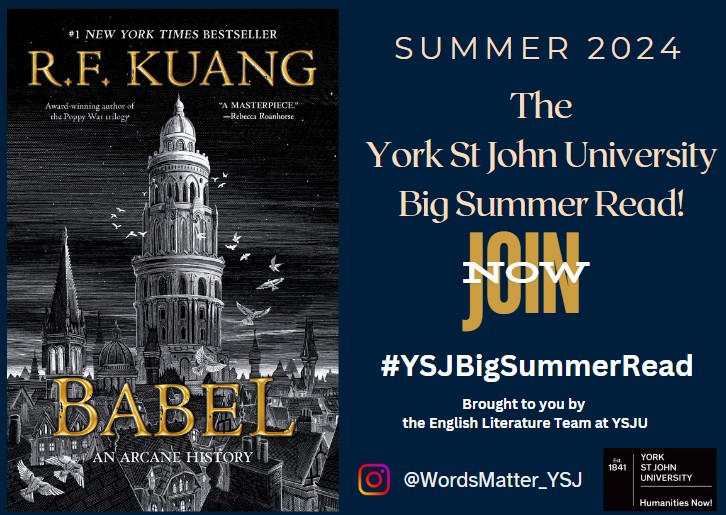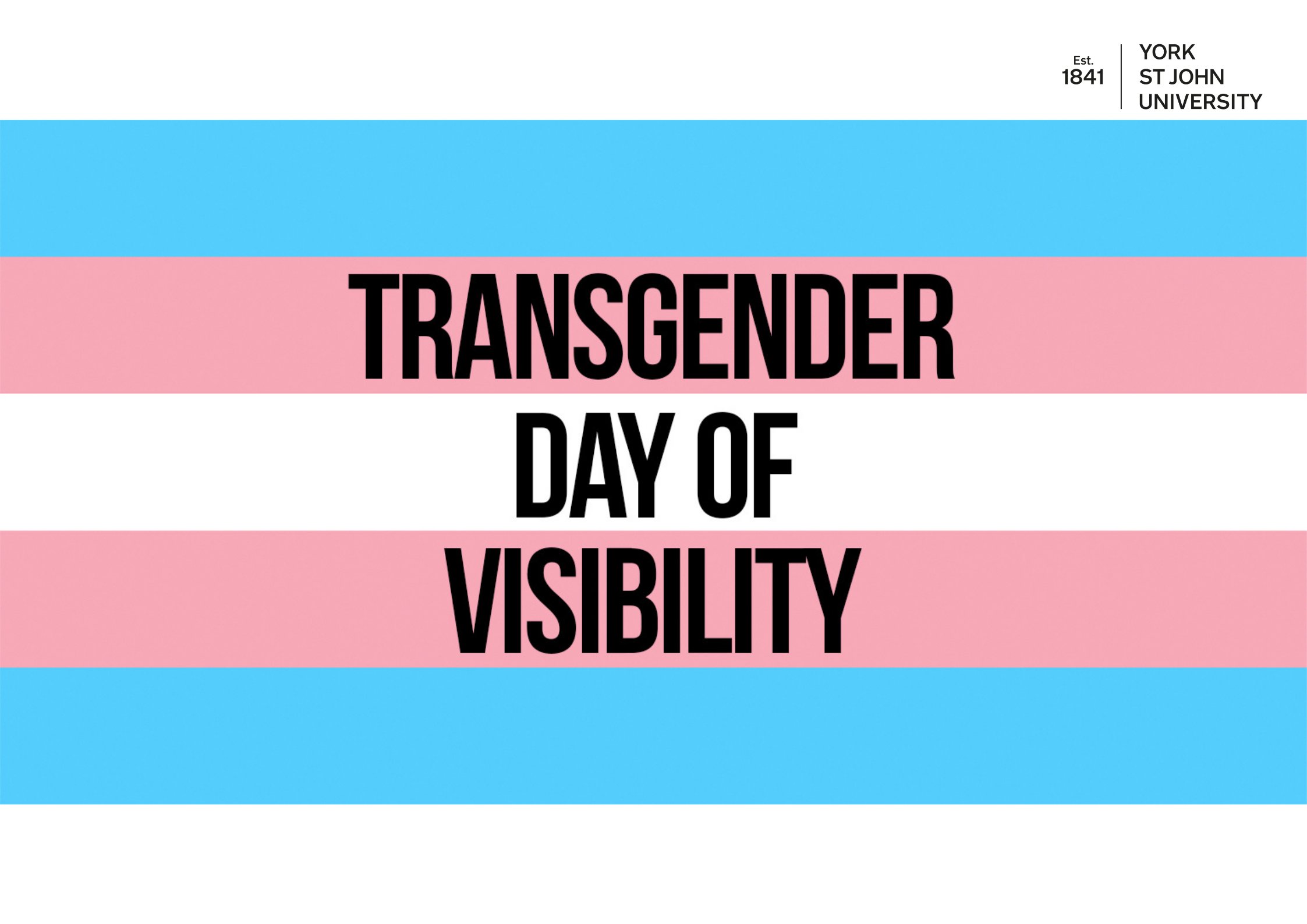Elaine Feeney’s new novel, How to Build a Boat, concerns how families come into being, stay together and come apart. Set in the fictional town of Emory, Ireland, it is an exploration – part Bildungsroman, part relationship drama – of class, education and the restrictive roles of women and men.
The novel centres on two characters, both confronting the loss of parental figures. Jamie is a boy on the autistic spectrum whose mother died giving birth to him; he lives with his young father, Eoin. Feeney deftly conveys Jamie’s viewpoint: the way he absorbs large amounts of information and finds conversational cues difficult; the way sensory stimuli can overwhelm him. He loves “the colour red. He also loved patterns, books with dust jackets, cats, rain that came with wind, the curvature of objects, Edgar Allan Poe and rivers”. Feeney is never sentimental. Ominously, Jamie’s first words are from Poe’s short stories, spoken fluently; but the macabre remains at bay. Instead Feeney shows Jamie grappling to understand ordinary human interactions and the loss of his mother. He stares at footage of her about to go swimming, and wants to build a perpetual motion machine that, he thinks, will somehow bring her back. He becomes obsessed with mathematics; curves and waves become motifs.
In tandem with the story of Jamie’s growing up is another about breaking down. Tess, a teacher at Jamie’s school, is undergoing IVF treatment; she thinks “of their embryo in the hospital somewhere as Paul poured the frozen peas into a saucepan”. Her father, who has ended up homeless, is a constant reminder of her own broken upbringing as he staggers about Emory’s town square. Faced with the fecundity of her husband’s relatives, Tess battles with the pressure to have her own child. Feeney deals with this sensitively and intelligently. Tess is a spiky character, selfish yet empathetic. Her conversations with her gentle but pig-headed husband are particularly well rendered in all their uncomfortable intimacy, speaking of years of quiet rage.
Soon Jamie must leave the safety of home and primary school for the local boys’ school, which represents the forces of backwards thinking, in particular through its headmaster, Father Faulks. Faulks quotes Jordan Peterson to his charges and tells them that they need to be top in “sciences, engineering, technology and mathematics”, because those are boys’ subjects. Both Jamie and Tess are attempting to break out of the school’s strictures. But Jamie must endure bullying and marginalization, and Tess can’t give up her work, even though it’s everything she “despised about education; closest to the church, farthest from god”. And so the pair bond.
Feeney has fun with Jamie’s literal interpretations: when Tess is wearing a hoodie emblazoned with “I New York”, he wonders whether he “will also love New York when I get there”. Another writer might have turned Jamie into a surrogate son for Tess, but Feeney eschews such patness. Jamie can be hard to control and is not always able to control himself; he is “volcanic”, surging in height until he’s six foot. He knows what he wants, but the world doesn’t know how to give it to him.
A disruptive yet constructive force arrives in the form of Tadhg, an ecologically conscious woodwork teacher from the Western Islands. An interloper, he is considered far down the pecking order: Tess’s husband dismissively refers to him as a “chippy”, displaying the hidebound class system of the town. When he arrives in the stuffy staff room Tadhg takes his ring off and sets it spinning on the table: “Everyone watched it looping and dancing on its own axis until, finally, it settled”. He will have a similarly mesmerizing effect on both Jamie and Tess, coming up with a plan to make a boat for Jamie in place of his perpetual motion machine.
The boat, a currach, is symbolic of many things: bringing people together, including older boys who become Jamie’s protectors; also, the fissuring of Faulks’s rule and the start of a new dispensation. For Jamie its construction is a source of comfort, and its completion points to futures both troubling and exciting, out on the river he loves, the ripples from the boat’s prow spreading out on both sides into a more accepting future.
Philip Womack’s latest novel, Ghostlord, will be published next month
Browse the books from this week’s edition of the TLS at the TLS Shop
The post Ripples into the future appeared first on TLS.




